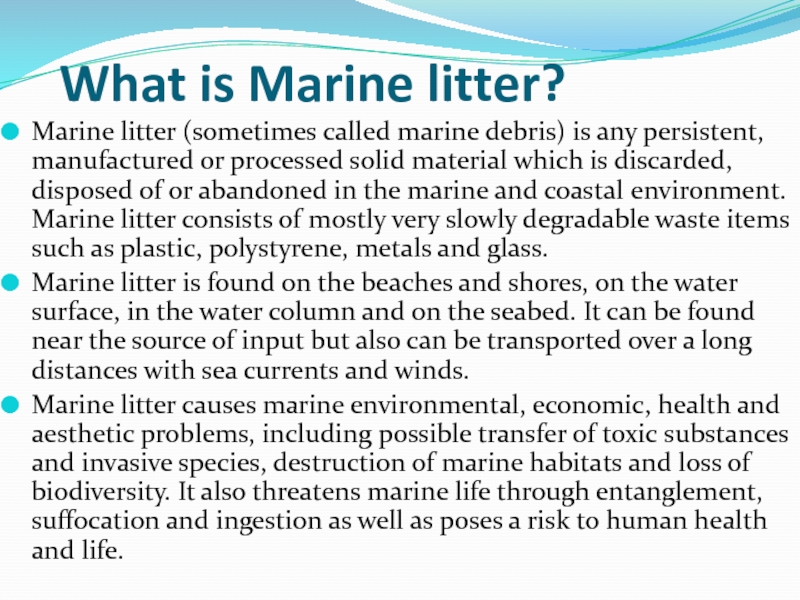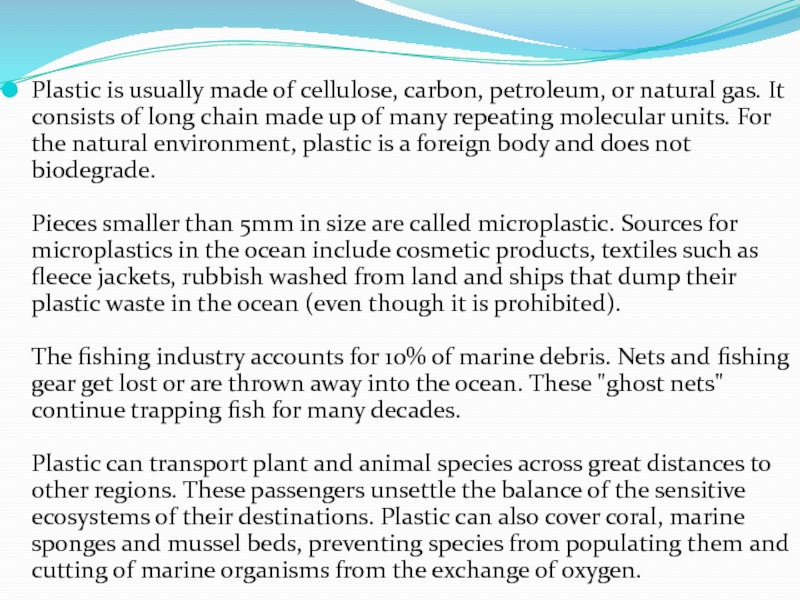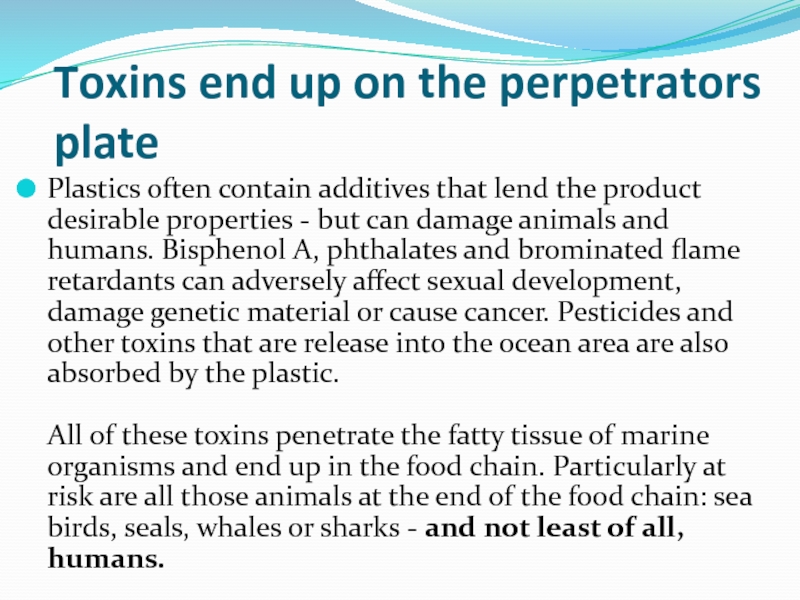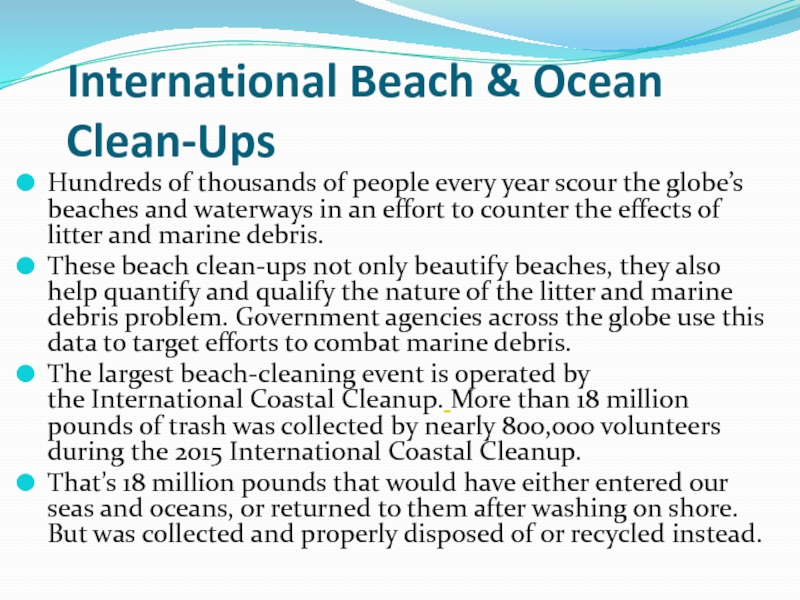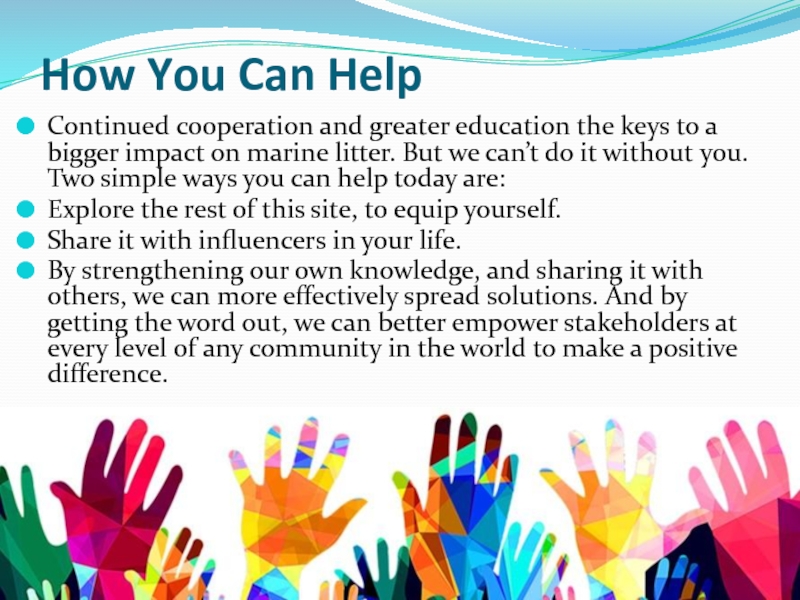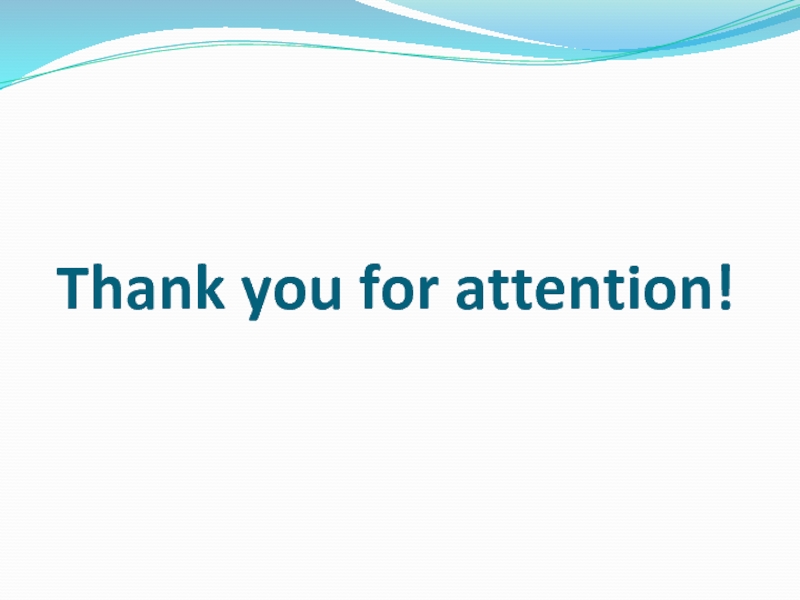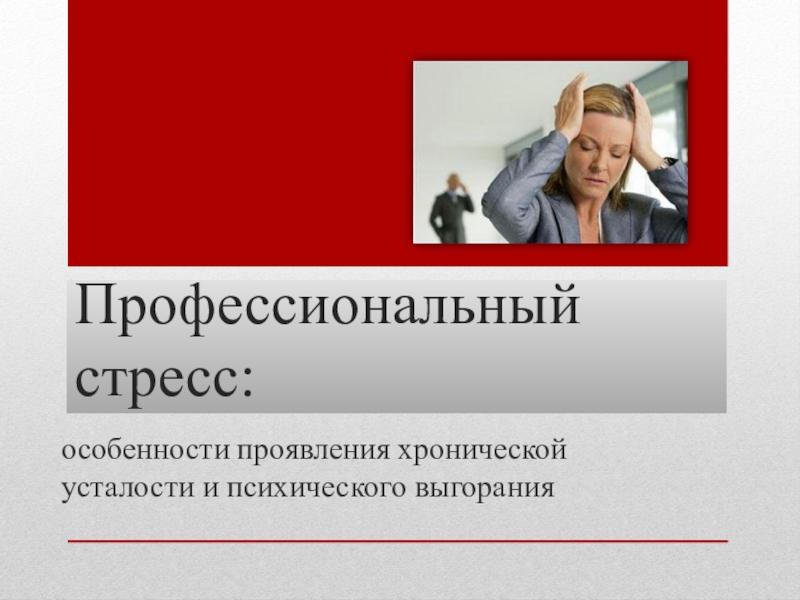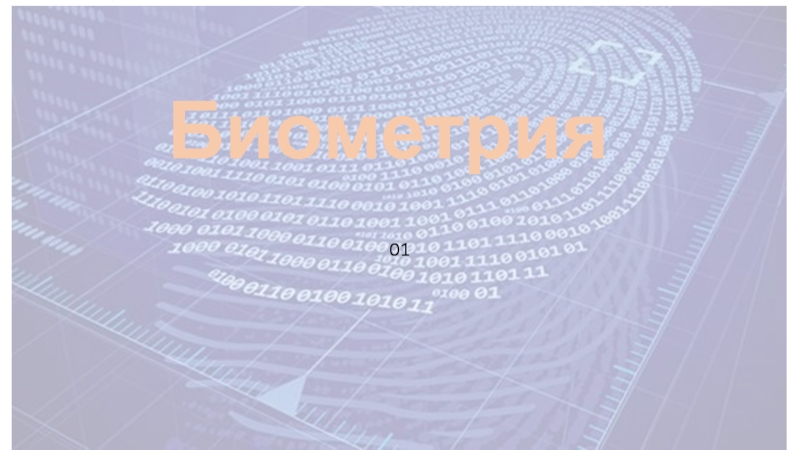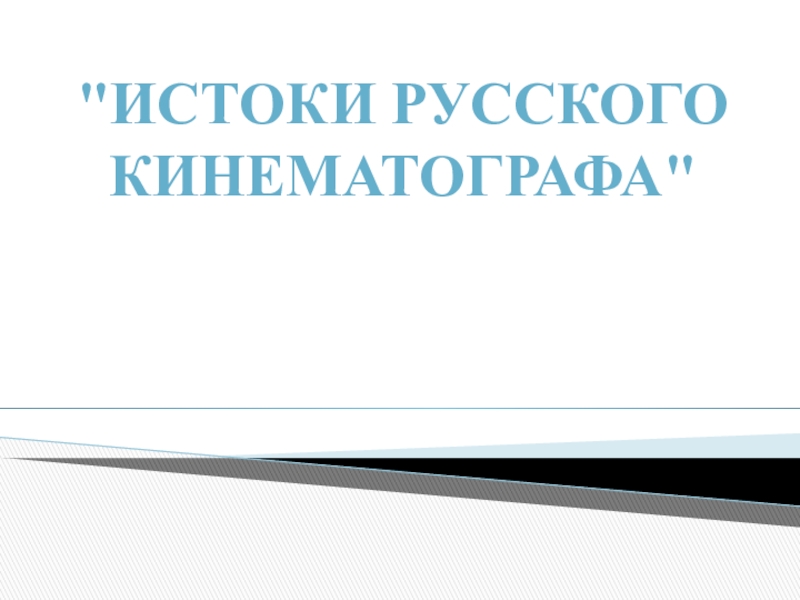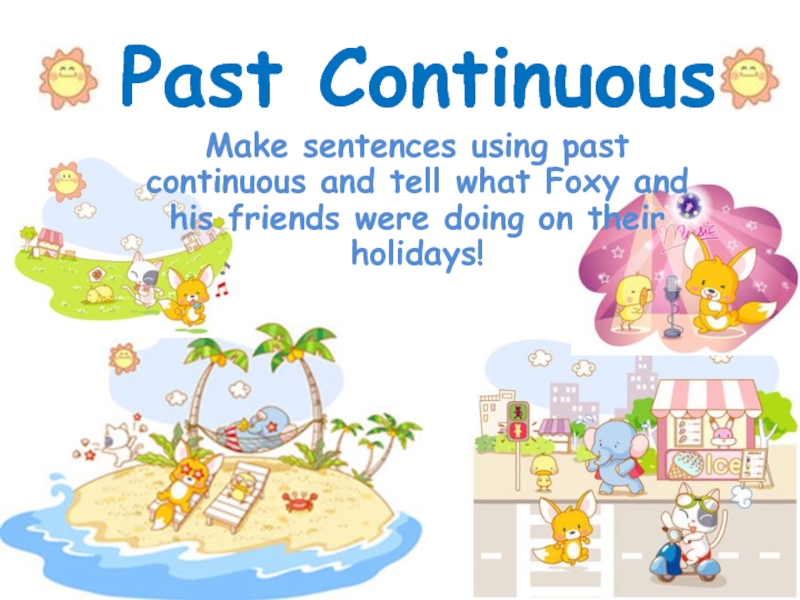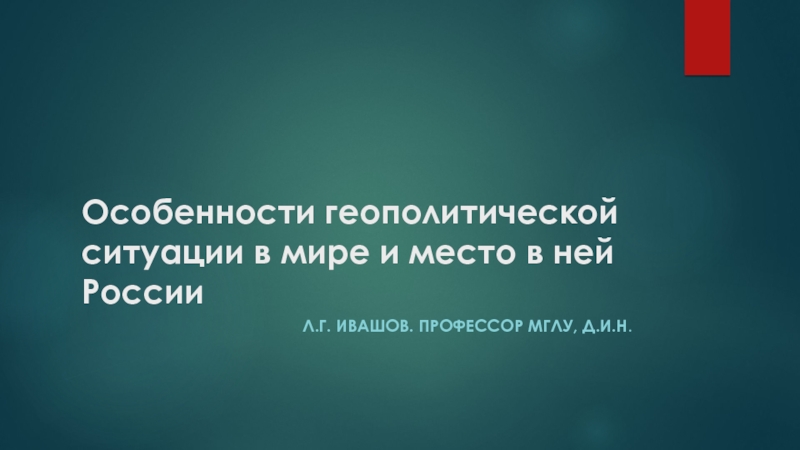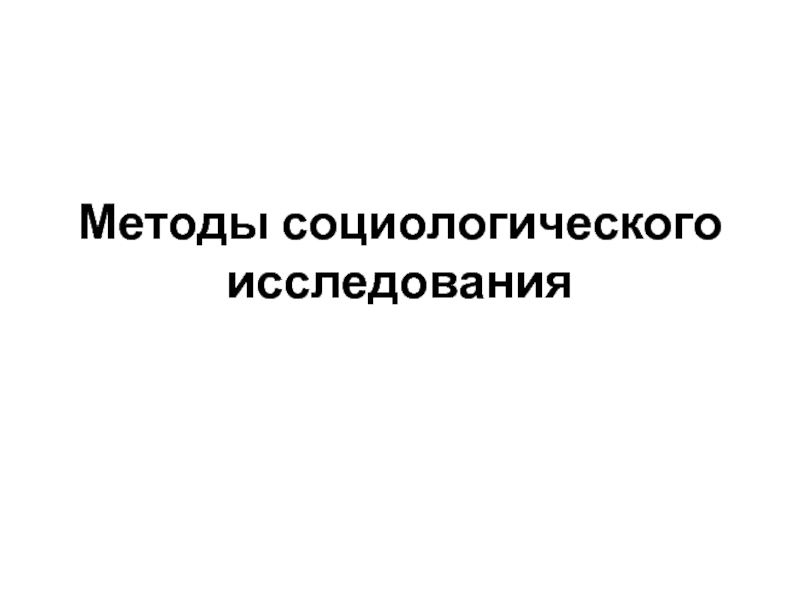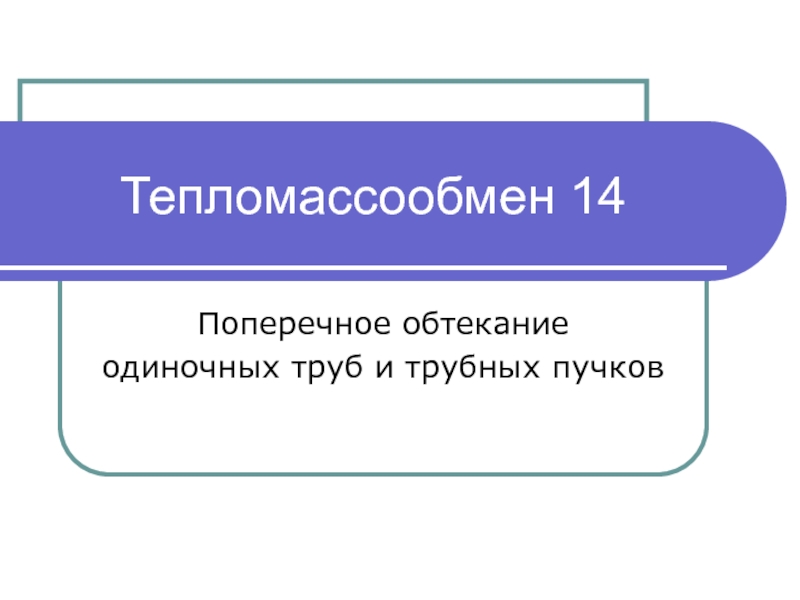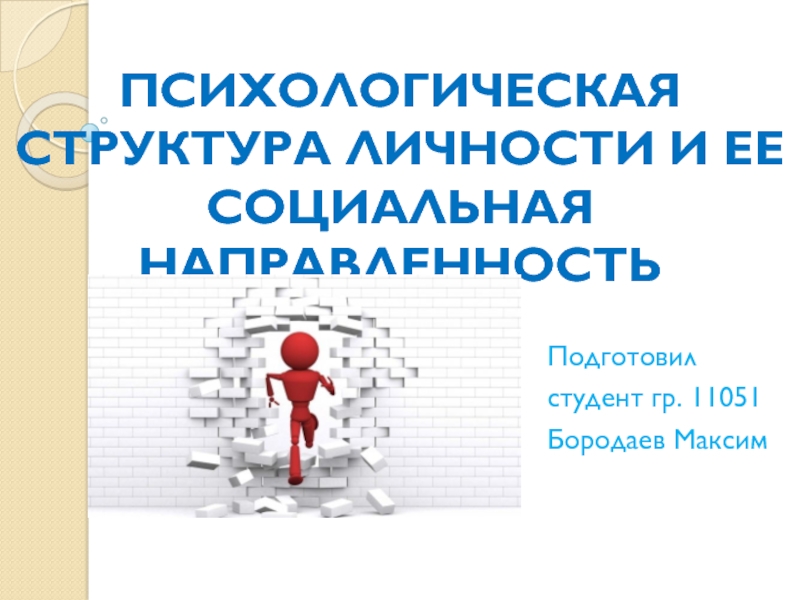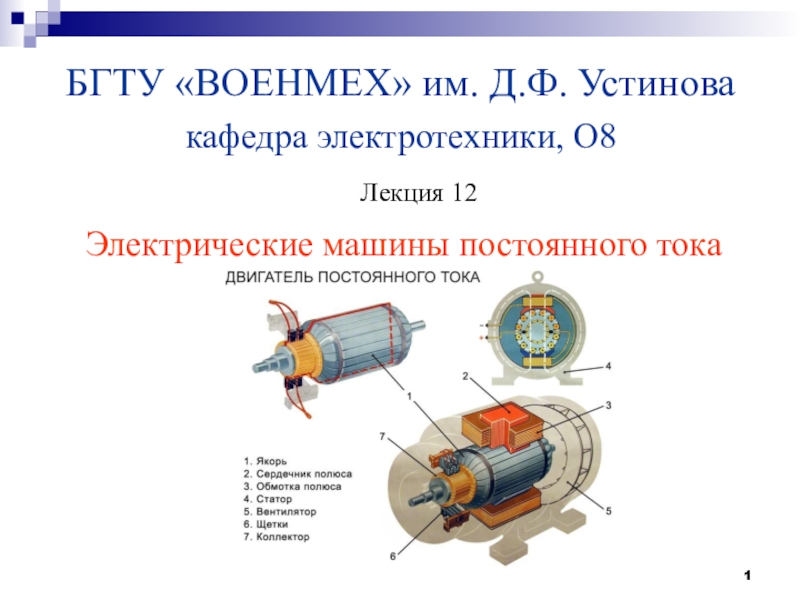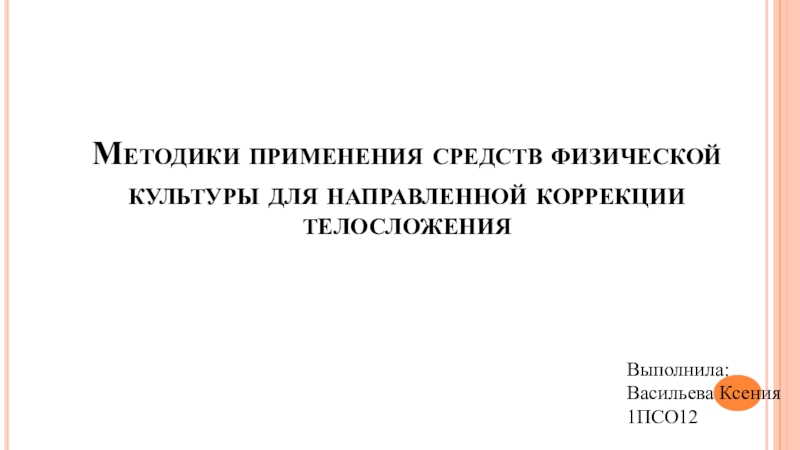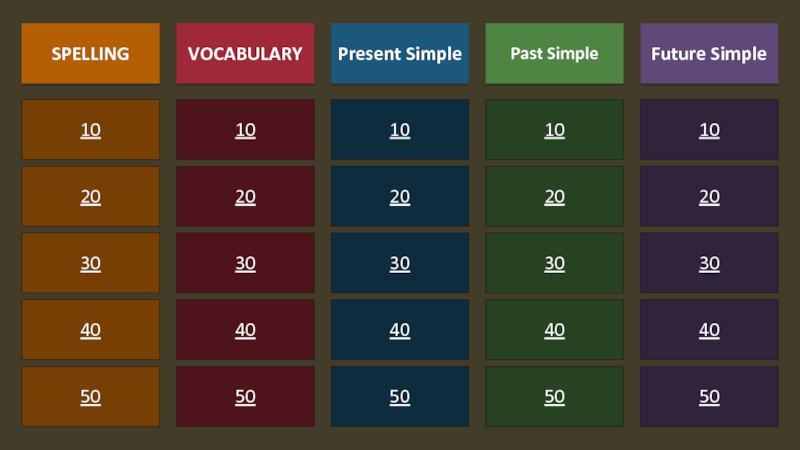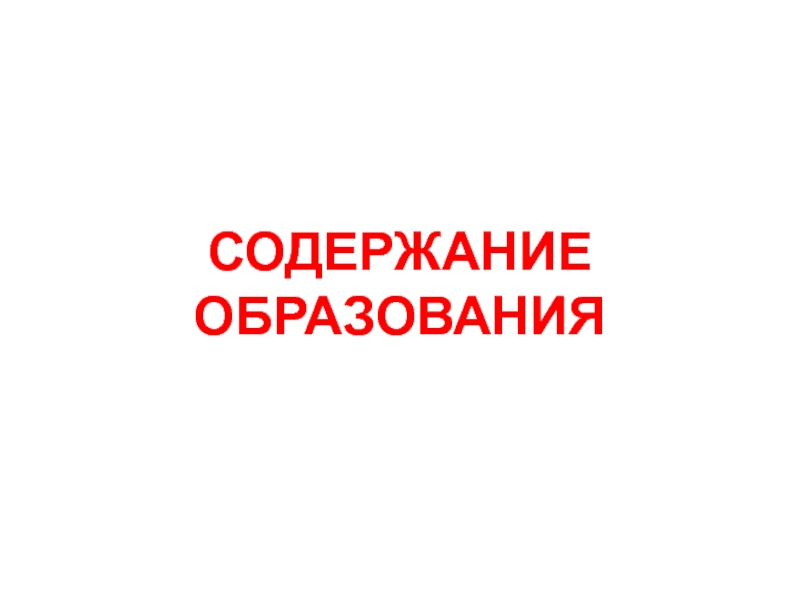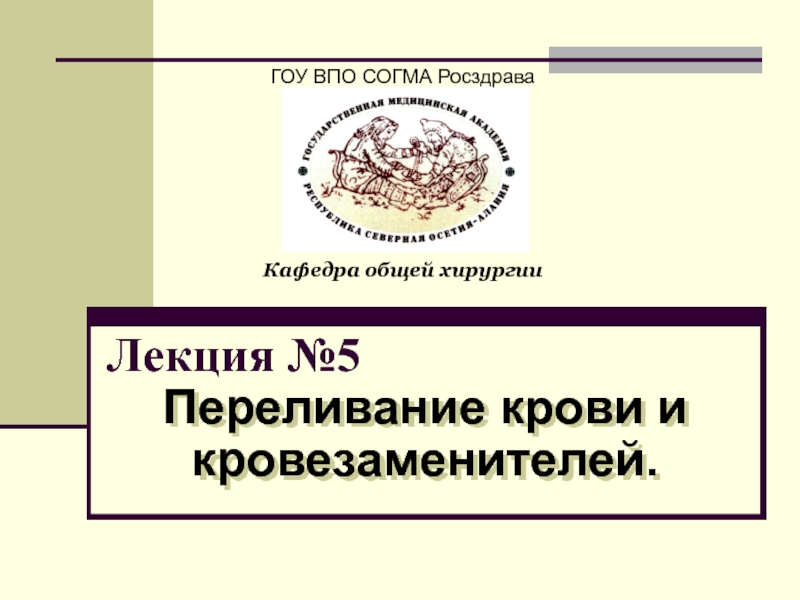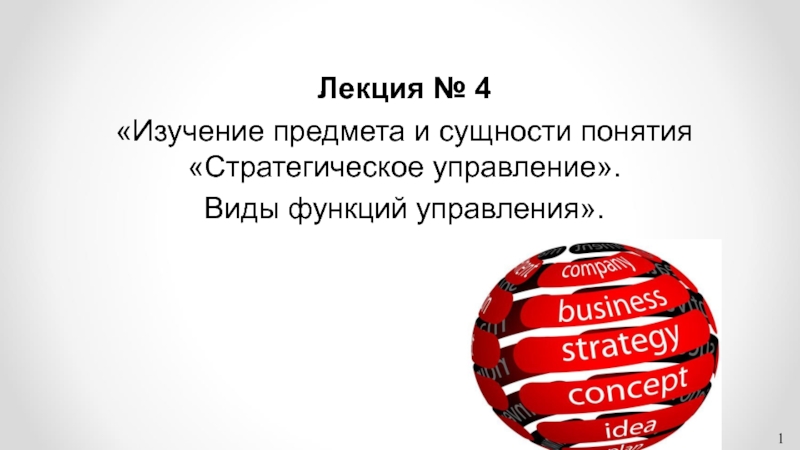any persistent, manufactured or processed solid material which is discarded,
disposed of or abandoned in the marine and coastal environment. Marine litter consists of mostly very slowly degradable waste items such as plastic, polystyrene, metals and glass.Marine litter is found on the beaches and shores, on the water surface, in the water column and on the seabed. It can be found near the source of input but also can be transported over a long distances with sea currents and winds.
Marine litter causes marine environmental, economic, health and aesthetic problems, including possible transfer of toxic substances and invasive species, destruction of marine habitats and loss of biodiversity. It also threatens marine life through entanglement, suffocation and ingestion as well as poses a risk to human health and life.

